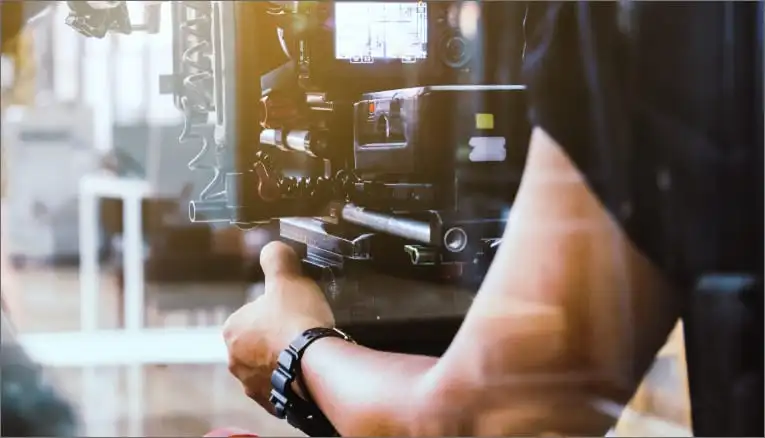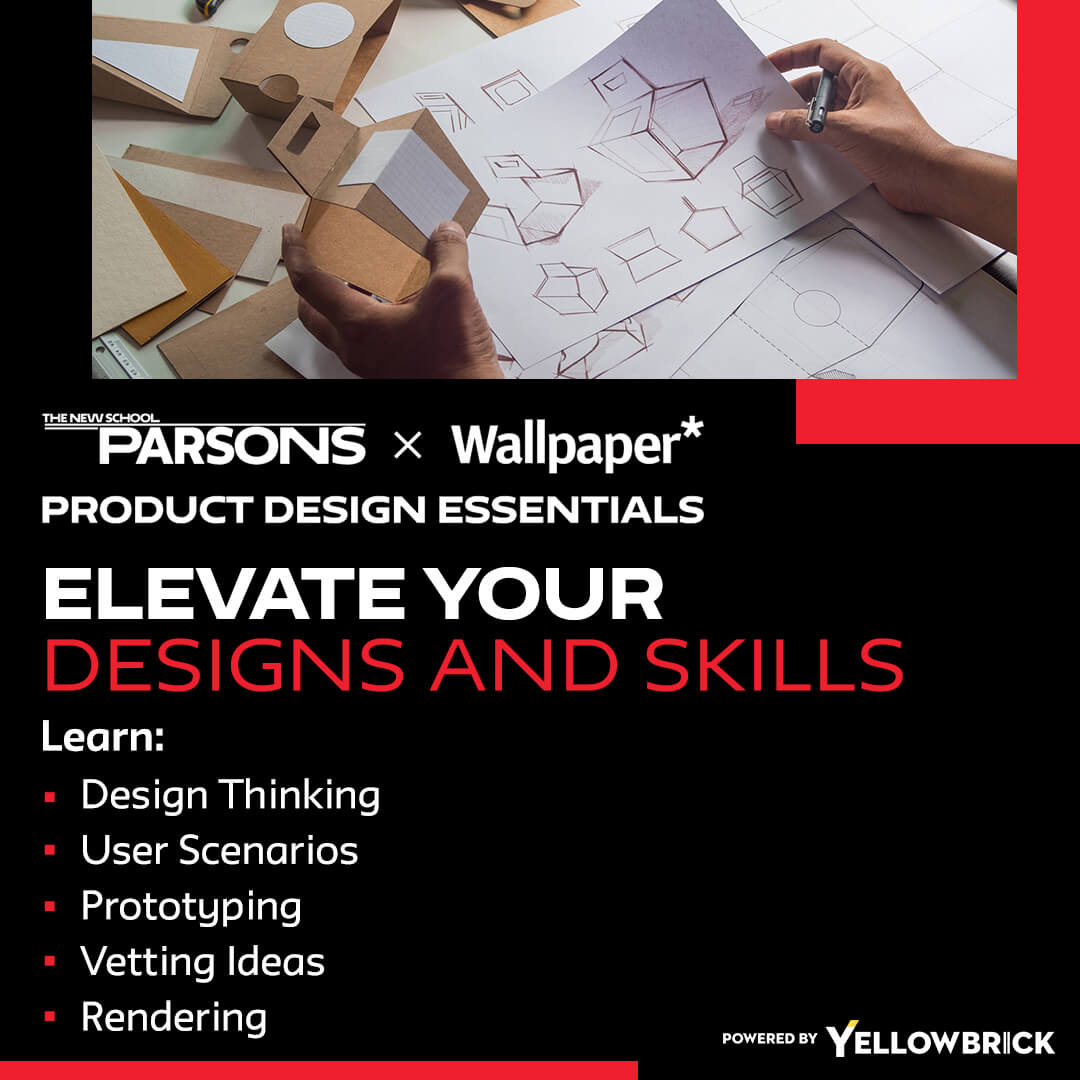Product design case studies are powerful tools that showcase a designer’s skills, creative process, and ability to solve real-world problems. By offering a structured look at a project from start to finish, a well-crafted case study gives potential clients and collaborators insight into how a designer thinks and works. This article explores the importance of using templates for case studies, how to craft effective ones, and why they are essential in a designer’s portfolio.
Importance of Product Design Case Study Templates
Using a template provides structure and clarity, making it easier to present your work in a professional and consistent format. It helps ensure you don’t miss critical elements of your process and allows readers to quickly understand your approach and results. With a template, designers can better communicate their value through a story-driven, organized presentation.
Key Components of a Product Design Case Study Template
A strong case study includes several core components that tell the full story of your design project. These elements ensure your work is presented clearly and effectively:
- Introduction: Brief overview of the project, including the client or problem, goals, and scope
- Research and Discovery: Insights gained from user research, market analysis, or stakeholder interviews
- Design Process: Description of ideation, wireframes, prototyping, user testing, and iteration stages
- Challenges and Solutions: Real-world problems encountered and how you creatively solved them
- Results and Impact: The final product, user feedback, performance metrics, or business results
- Visual Assets: High-quality images, wireframes, prototypes, and final screens that support your story
Creating an Effective Product Design Case Study
When building a case study, presentation matters as much as content. A thoughtful narrative, paired with visuals and outcomes, creates a compelling portfolio piece.
- Tell a clear story: Walk your reader through the journey of the project from start to finish
- Support with visuals: Use annotated screenshots, journey maps, and prototypes to enhance understanding
- Back it up with evidence: Include metrics, feedback, or quotes that prove your impact
- Highlight your thinking: Focus on the why behind your decisions, not just the what
- Make it engaging: Use concise language and break up text with images or captions
Why Product Designers Should Use Case Studies
Case studies offer more than just a way to show past work — they help define your professional brand. Here’s why every designer should be using them:
- Demonstrate your process: Let clients and employers see how you solve problems
- Showcase real results: Highlight measurable outcomes or user satisfaction
- Stand out in the market: Great case studies differentiate you from other designers
- Build credibility: They serve as proof of your skills, methods, and consistency
- Support career growth: Case studies can lead to new projects, job offers, or collaborations
Tips for Crafting Compelling Case Studies
To create case studies that truly resonate, keep these best practices in mind:
- Keep it focused: Highlight only the most impactful parts of the project
- Tell a story: Make the process engaging by showing your thought process
- Be visual: Use images to support your narrative and enhance clarity
- Include evidence: Use metrics or user feedback to prove the value of your solution
- Keep them fresh: Regularly update your case studies with new projects or improvements
Conclusion
A well-crafted product design case study is more than just a showcase of your work — it’s a strategic tool to communicate your value, process, and results. By following a clear structure and infusing each project with storytelling and visual evidence, you can create case studies that not only impress but also open doors to exciting new opportunities.
Key Takeaways:
- Product design case studies are powerful tools for showcasing a designer’s skills, problem-solving abilities, and creative process.
- Using a well-structured case study template helps communicate the design process effectively and highlights the designer’s expertise.
- Key components of a product design case study template include introduction, research and discovery, design process, challenges and solutions, results and impact, and visual assets.
- Crafting compelling case studies involves focusing on storytelling, utilizing visual assets, and showcasing problem-solving skills and creativity.
- Regularly updating and refining case studies can help designers attract new opportunities and projects.
Consider enhancing your skills in product design by exploring the Yellowbrick’s Parsons Product Design Essentials online course and certificate program.








